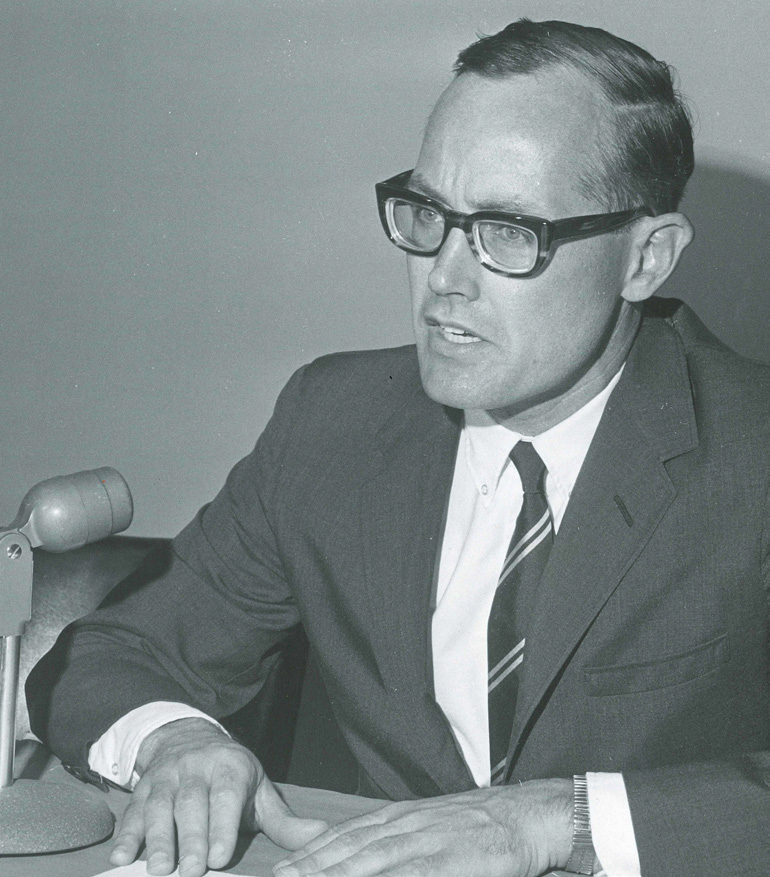The Attorney General’s Office is conducting oral history interviews with current and former AGO staff to preserve our office’s long history.
Click here to view our YouTube playlist containing every episode; or begin watching immediately by clicking the video below.
Before Washington became a state, the Washington Territory’s Legislature created the Attorney General’s Office (AGO) in January 1887. The Legislature gave the Attorney General the responsibilities of representing the territory in front of the supreme and district courts, providing legal counsel to the officers of the territory, advising prosecutors, and furnishing legal opinions regarding the U.S. Constitution and the territory’s statutes. When Washington became a state in 1889, the state constitution codified the Attorney General’s Office as part of the executive branch.
Since the creation of the office, the Attorney General’s responsibilities have grown immensely. From humble beginnings as a small executive department with no full-time staff to its present size, the Attorney General’s Office (AGO) has grown to be one of the most powerful and important agencies in the state. The AGO is now the state’s largest law firm, encompassing 28 divisions with more than 1,800 employees, including nearly 800 attorneys charged with representing over 230 state agencies, boards, and commissions.
Three themes emerge from the AGO’s history: the office has steadily grown as attorneys general and the legislature have increased the AGO’s responsibilities; the AGO’s initiatives followed cultural trends and social changes in our state and in American history; and the office has become more involved in legal work aimed at preserving and improving public welfare for individual Washingtonians and communities.
Click on the expandable headers below to read more about the history of the office.
Continue to "Washington Attorney's General - Past and Present"

 Other Languages
Other Languages


